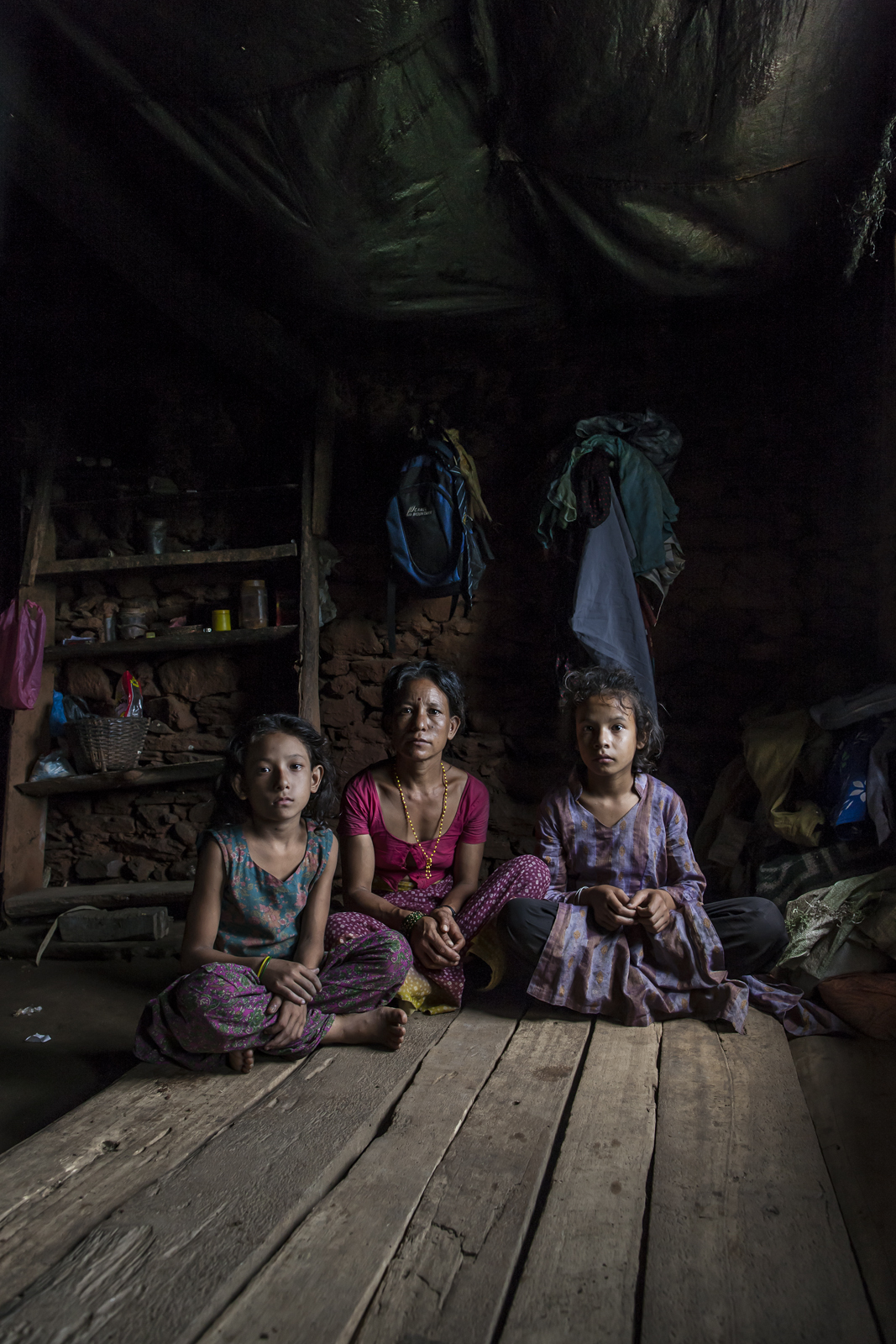
in nepal by David Brunetti
I met this family while I was working with EveryChild in Nepal this autumn where I was documenting the work they do with street kids and child labourers. The girls have just returned home to live with their family again after they were both working as child domestics in Kathmandu.
Having witnessed the projects EveryChild support in Nepal and having met with the children who work in domestic service I have come to understand that domestic service is possibly one of the more dangerous forms of child labour because domestic servants are more prone to abuse simply because it is so informal and unregulated.
Child domestic servants are almost invisible because they work in private households. The main problems for the children are linked to their specific vulnerability as children, their invisibility as workers in the home and the low status that surrounds them. A child employed in a private household may be unpaid; be expected to work around the clock without set hours or time off; be virtually imprisoned and treated as the chattel of the employer.
Domestic work is one of the most common forms of child employment – not just in Nepal but anywhere in the world – and children working as maids, child-minders, garden boys, and general house-helps are a familiar sight. They often work in households, which are not related to their own. Many children are very far away from their own family leaving them under the control of adults whose first concern is not their wellbeing, but their contribution to the wellbeing of the household. The love and care all children ought to receive is missing or cannot be guaranteed. Such children are also likely to be denied the chance of going to school. And if they are over-worked, neglected or abused, they have no one to turn to and may feel isolated and trapped.
The frequent loss of liberty, methods of recruitment which can amount to trafficking, and low rates of pay including its total absence, put them in a category of human rights violation closer to slavery than many other child worker groups.